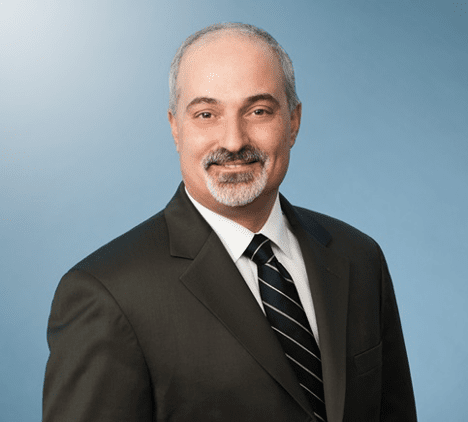News
The Latest on Applying Medical Loss Ratio to Dental Insurance:
What We Can Learn from NCOIL, CHBRP, and the Trend Across States
by Mike Adelberg, NADP Executive Director
April 17, 2024
On April 14, the National Conference of Insurance Legislators (NCOIL) formally ratified a model law that allows states and dental plans to ease into a medical loss ratio based on appropriate, pre-existing dental insurance practices in that state. Consecutive-year outlier plans would be subject to corrective actions. With only a couple of tweaks, this model law is based on a 2023 Colorado law, which was based on a 2022 Maine law.
The NCOIL model is the end result of months of negotiations between NCOIL, NADP, and the American Dental Association (ADA). A recent statement by the ADA asserts that they “fought diligently to achieve this important reform,” and so did NADP. As with most compromises, all parties can point to provisions that they like and others on which they acquiesced in the interest of the broader compromise. NADP continues to believe that the NCOIL model law is based on sound policy deliberations and good-faith negotiations. While the model law has merit, as we see with Virginia’s 2024 law, it is not the only avenue available.
The NCOIL model is a sharp departure from the 2022 Massachusetts law that arbitrarily set a medical loss ratio based on a belief that low-premium dental plans (premiums about $30 a month) can achieve the same loss ratio as high-premium medical plans (premiums commonly close to $600 a month). This ignores the reality that low-premium insurance products—dental or otherwise—cannot achieve the same loss ratio as high-premium products because many administrative costs are fixed or semi-fixed, irrespective of premium. For example, a seven-minute member call costs the same amount, whether it concerns a $80 teeth cleaning or a $55,000 heart bypass surgery.
The Massachusetts law, enacted by public ballot, has already forced at least five dental plans to leave the small-employer market in Massachusetts and more exits are probable. Market exits disrupt care continuity and will likely lead to a decline in the number of Massachusetts citizens with dental coverage. This is a bad health outcome for the citizens of the state.
To date, no other state has followed the Massachusetts example. One state considering the Massachusetts approach is California; its legislature recently charged a state-affiliated think tank, the California Health Benefits Review Program (CHBRP), with considering the implications of a Massachusetts-like loss ratio. The think tank’s report was issued on April 12. The report projects that in most of the state’s insurance markets, huge premium increases would be necessary to comply with an arbitrary loss ratio. Specifically, CHBRP states that:
DHMO plans would need to raise premiums by 215% in the individual market, 266% in the small-group, and 145% in the large-group market to comply with AB 2028.
DPPO plans (which have higher enrollment) would need to raise premiums by 78% in the individual market, 114% in the small-group, and 13% in the large-group market to comply with AB 2028.
Consumers or employers will have to pay much more for dental insurance, and because dental insurance is voluntary, many will probably forego coverage. Fewer covered people means that fewer patients will receive regular dental care and that preventable conditions will go untreated.
Again, the NCOIL model act is the end result of a fair process—but it is not the only path forward. Whether NCOIL or something else, NADP will continue to oppose any bill modeled on Massachusetts vigorously. I am happy to note that more than twenty Massachusetts-like bills have failed to pass since the passage of the Massachusetts law. A track record is emerging that when states go through deliberative legislative processes, Colorado/Maine/Virginia/NCOIL-like bills have a good chance of passing, while Massachusetts-like bills face far longer odds.




